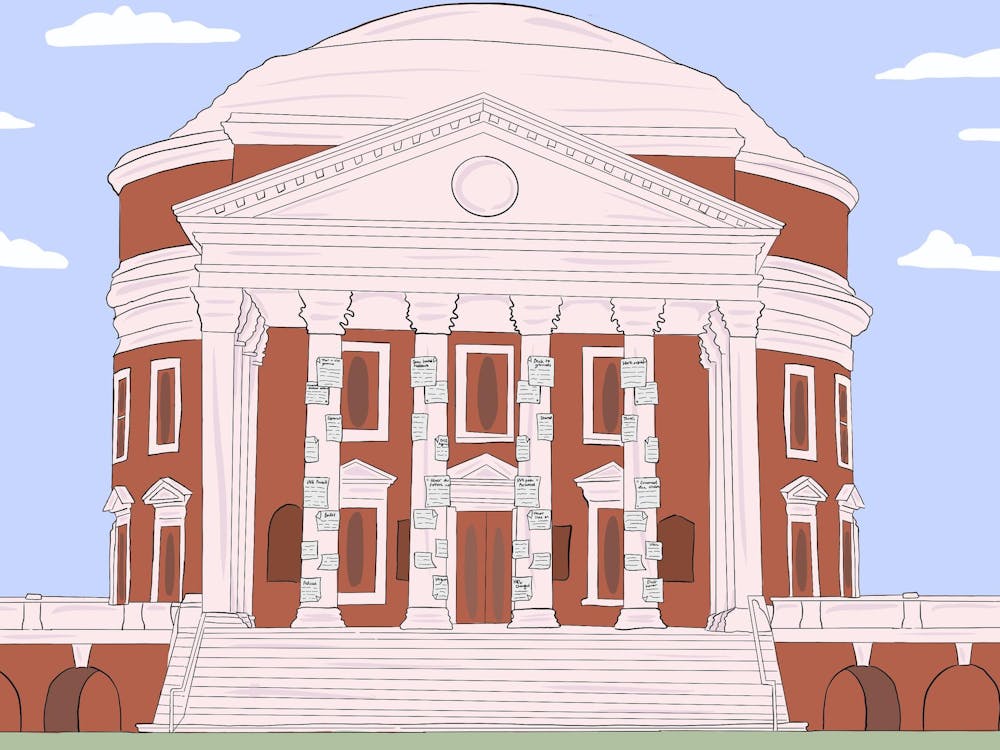If you didn’t know better, you might think the country was in the midst of a new liberal golden age. Colorado and Washington are leading the push for legalized marijuana, gay marriage is making its way to Utah and progressives are winning elections by championing women’s rights. Such victories are misleading, however, because while they show social liberalism ascending, America is still very much in the grips of trickle down economics. Most of our debates about economic inequality have narrowly focused on tax and spending policies, but in order to truly rebuild a broad middle class we need to revive America’s foundering labor movement.
Since the Reagan era, it’s become commonplace to dismiss unions as anachronisms of an age of robber barons and child labor. Unions might have once been needed, we’re told, but they’re irrelevant in the modern world. The facts tell an entirely different story. Far from producing a net gain or even neutral result, declines in union density have crippled American workers. The more unions have declined, the more the share of income going to the highest earners has skyrocketed. At the same time, real wages have been mostly flat for the past 30 years and have not increased with gains in productivity. Compared to non-union workers, organized workers make an average of $200 more weekly or about $10,000 more annually. When union density decreases, workers lose out on crucial income gains that can make the difference between poverty and middle class.
These statistics do not reflect a narrow segment of workers losing the benefits unions once provided them but rather an entire working class that being disadvantaged in their absence. While unions certainly secure benefits for their members through collective bargaining, non-union members gain advantages too because non-union employers need to offer more attractive salaries and benefits to incentivize workers to take the jobs they offer. While private sector unions help raise the standard of living for all workers, public sector unions also benefit the population as a whole by advocating for robust funding of public services like education and health care.
Even if they concede that unions may offer some benefits to workers, opponents of unions argue irreversible economic forces caused their decline from 20.1 percent in 1983 to 11.3 percent in density by 2014. While globalization has certainly played a role in union decline across all industrialized countries, it is instructive to compare the United States to Canada to find the root causes of decline. Compared to the United States’ paltry 11.3 percent unionization rate, 26.8 percent of Canadian workers belong to unions, a number that has declined only 1.3 percent since 1999. While Canada is certainly not the same country as the United States, they are similar in that they both boast highly diversified economies in which the service and manufacturing sectors are well represented. The crucial difference is labor law. Under Canadian labor law, a majority of employees need only sign cards expressing their support for being represented by unions, whereas in America it is a long and onerous process vulnerable to intimidation and anti-union propaganda by employers.
So-called “right to work” laws, primarily in Southern states, also play a large role in containing the growth of unions, because workers can receive the benefits of collective bargaining without actually participating in the union. This is what economists call the free rider effect, and it undermines the labor movement financially and politically. Globalization will continue the shift from manufacturing to the service industry regardless of these changes, but it is misleading to say that workers can do nothing but stand idly while their representation and job security erode.
Beyond bread and butter wage and benefits issues, unions also provide a more decent and welcoming workplace. Too many vulnerable members of the labor force have no recourse against abusive bosses, failure to receive back pay, or sexual harassment. Unions have the explicit goal of protecting the interests of their members, and even if current unions sometimes fall short of their goal, they provide significant peace of mind for people who lack other alternatives.
Until full employment returns, it’s likely that labor unions will remain under siege. The necessary first ingredient of any comeback, however, must be a vibrant public discussion of the harsh realities of workplaces in the Great Recession and how unions can alter that dynamic for the better. Unions were crucial in building the middle class in world history and with the right political will can be again.
Gray Whisnant is an Opinion columnist for The Cavalier Daily. His columns run Wednesdays.






